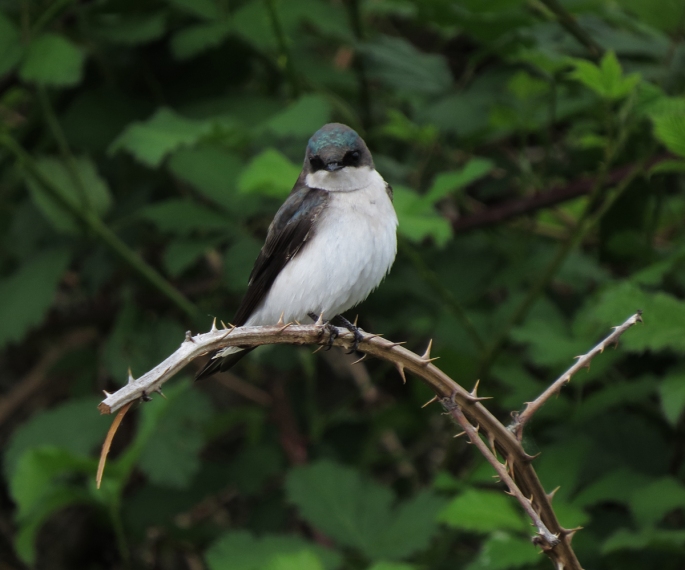 Our sunny warm spring has turned cool and wet. This is a good thing, as we continue to be far below average in rainfall amounts, but the weather has put a bit of a damper on birding and photography. This Tree Swallow put on a nice show at Koll Center Wetlands. I believe this is a young male, hatched last summer and just now molting into full adult plumage.
Our sunny warm spring has turned cool and wet. This is a good thing, as we continue to be far below average in rainfall amounts, but the weather has put a bit of a damper on birding and photography. This Tree Swallow put on a nice show at Koll Center Wetlands. I believe this is a young male, hatched last summer and just now molting into full adult plumage.
 Most Golden-crowned Sparrows have returned north by now, but the few that remain are in full breeding plumage.
Most Golden-crowned Sparrows have returned north by now, but the few that remain are in full breeding plumage.
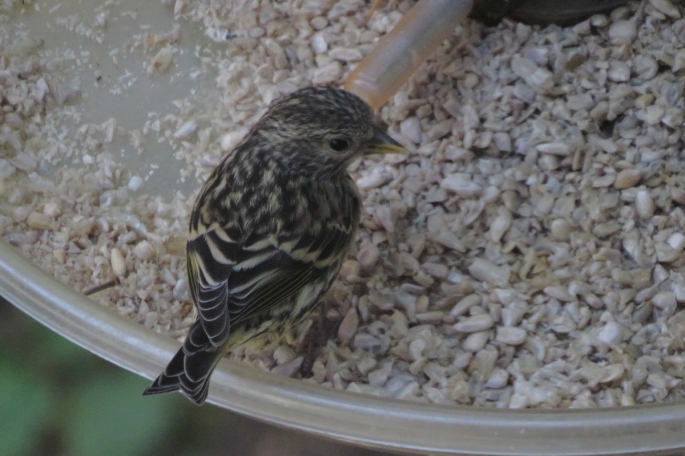 This past winter was not a big year for Pine Siskins, but one or two have recently been showing up at my feeder.
This past winter was not a big year for Pine Siskins, but one or two have recently been showing up at my feeder.
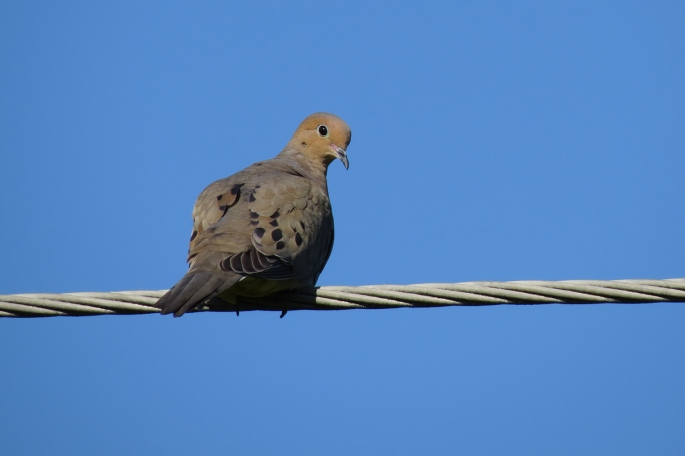 Mourning Dove at Tualatin Hills Nature Park
Mourning Dove at Tualatin Hills Nature Park
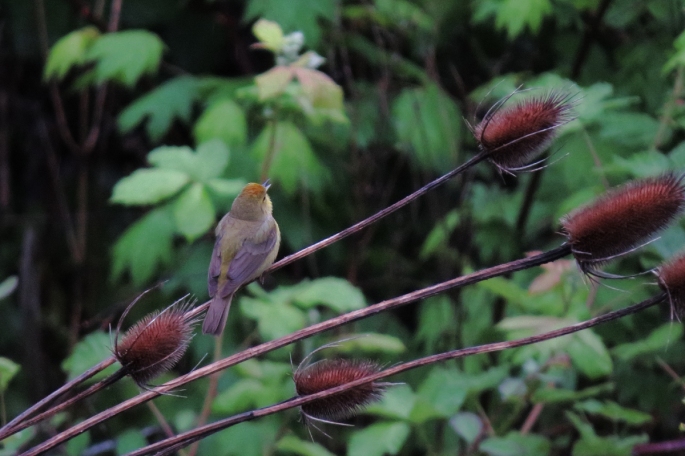 This singing Orange-crowned Warbler was actually displaying his orange crown at Pittock Mansion.
This singing Orange-crowned Warbler was actually displaying his orange crown at Pittock Mansion.
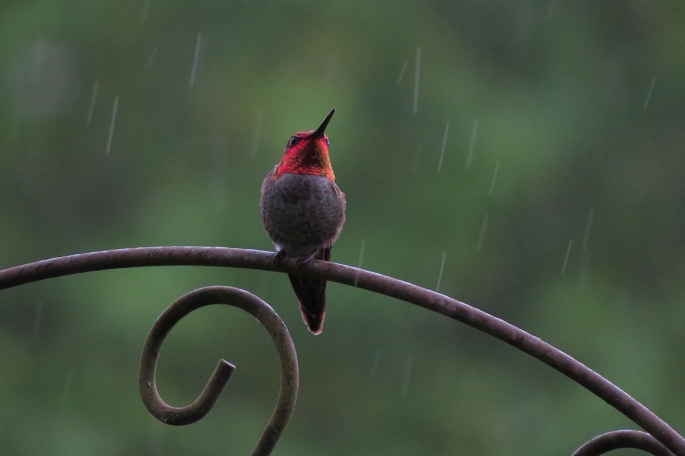 Male Anna’s Hummingbird, singing in the rain at Pittock Mansion
Male Anna’s Hummingbird, singing in the rain at Pittock Mansion
This next week will see spring migration winding down and the local nesting season kick into high gear. The slower pace will provide an opportunity to really study the local nesters, provided the rain stops.
Happy Spring
















































